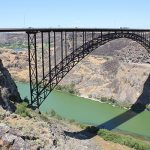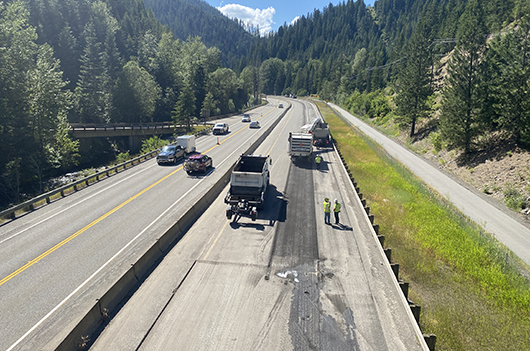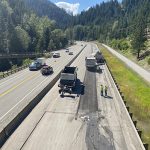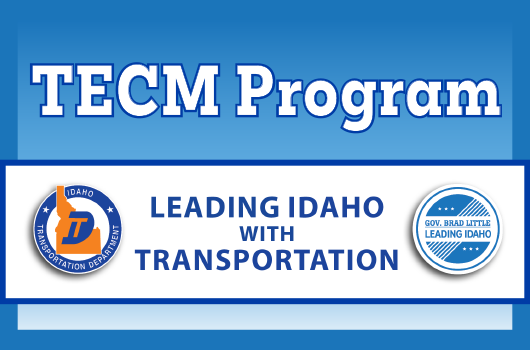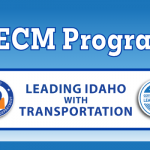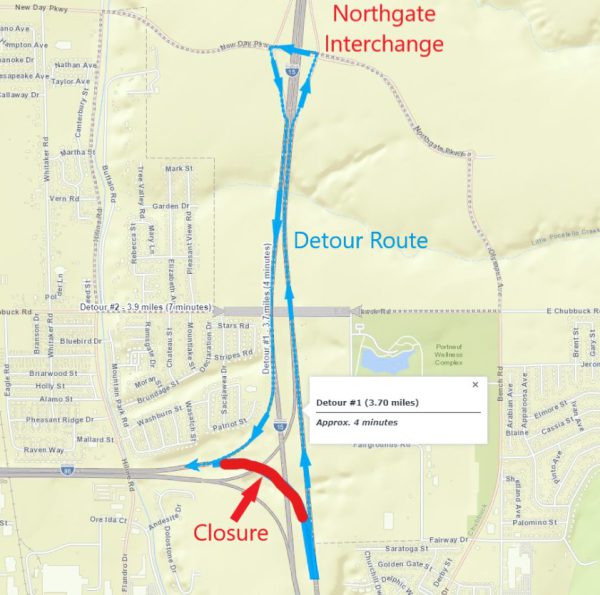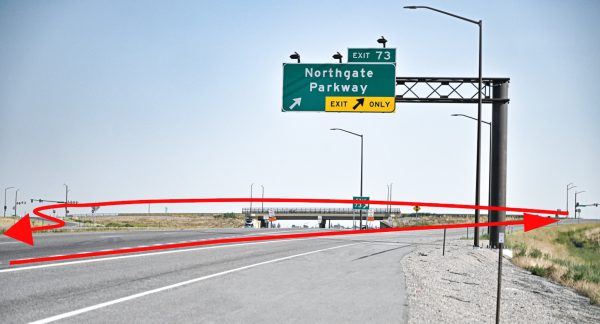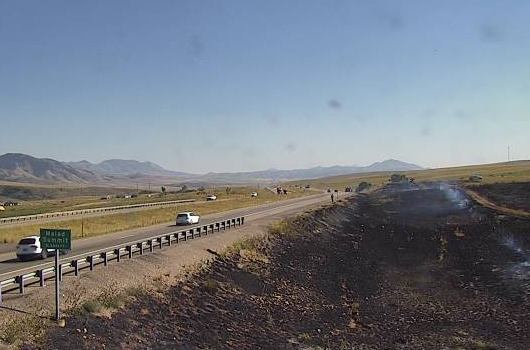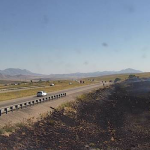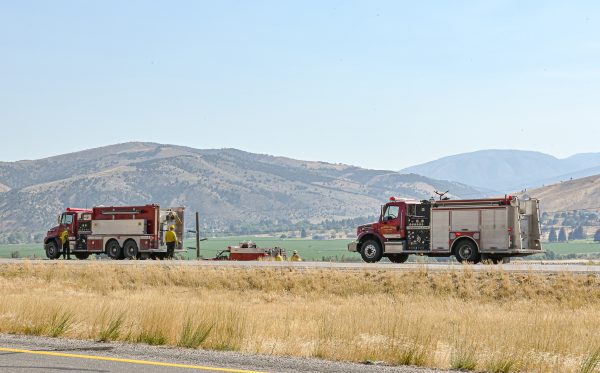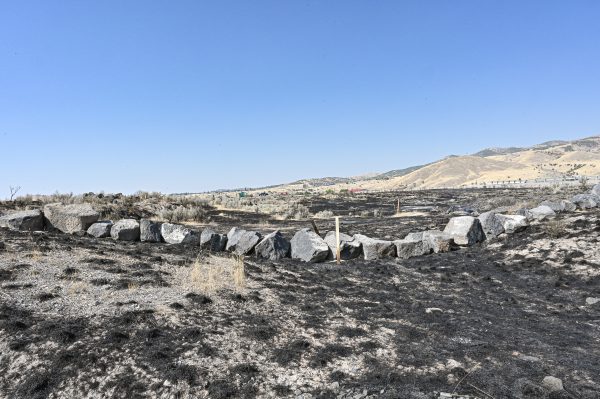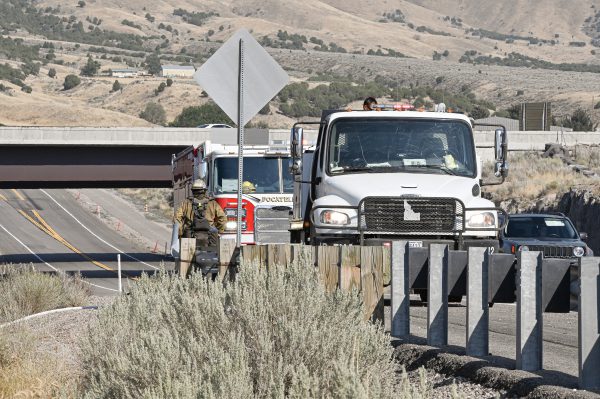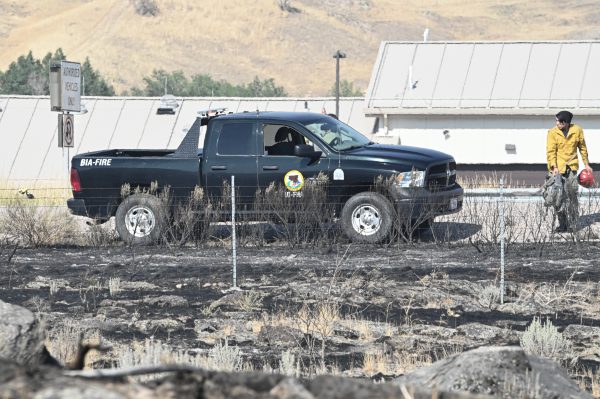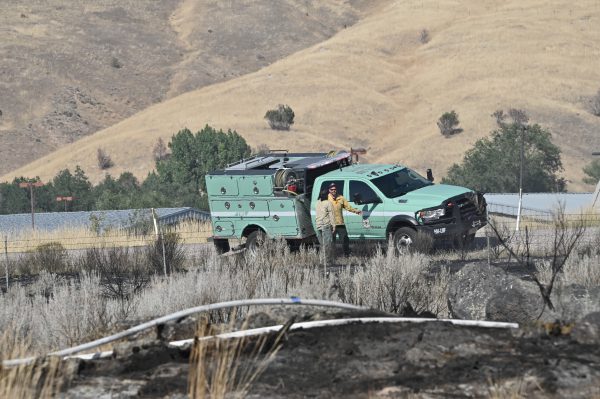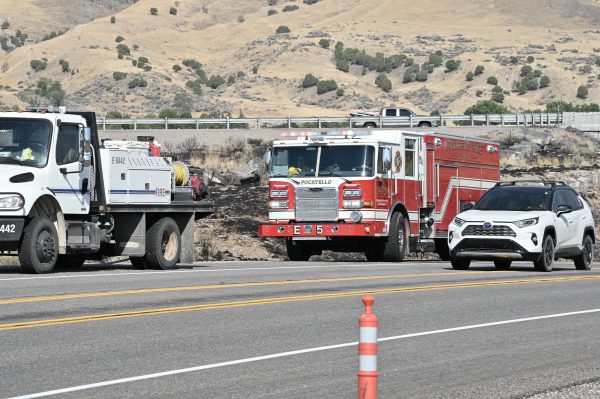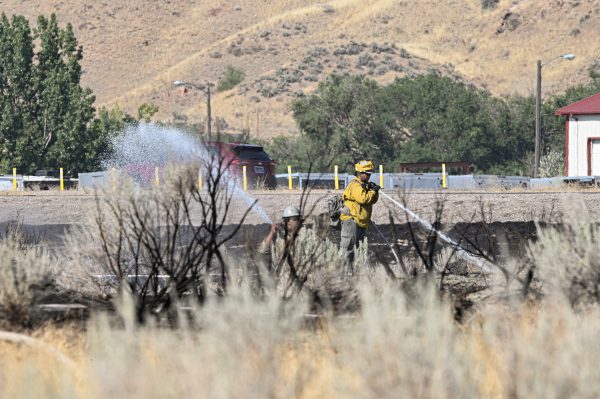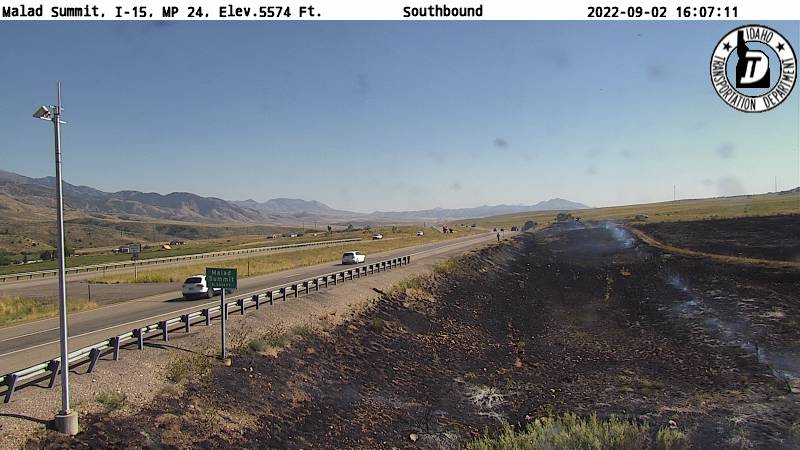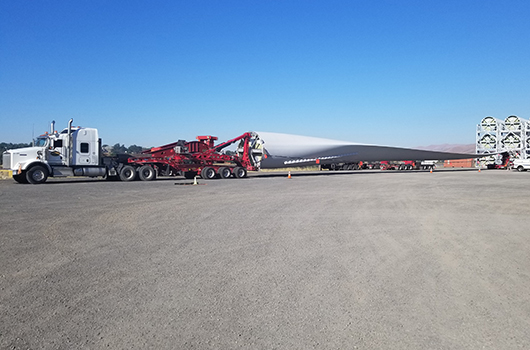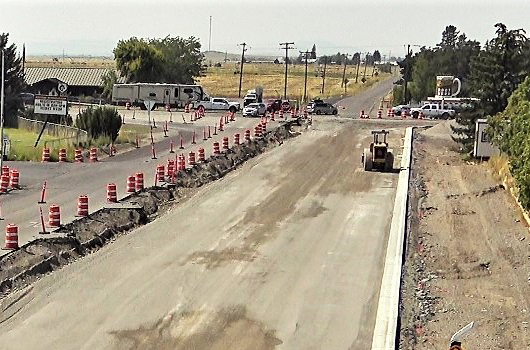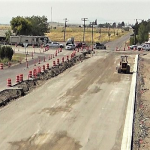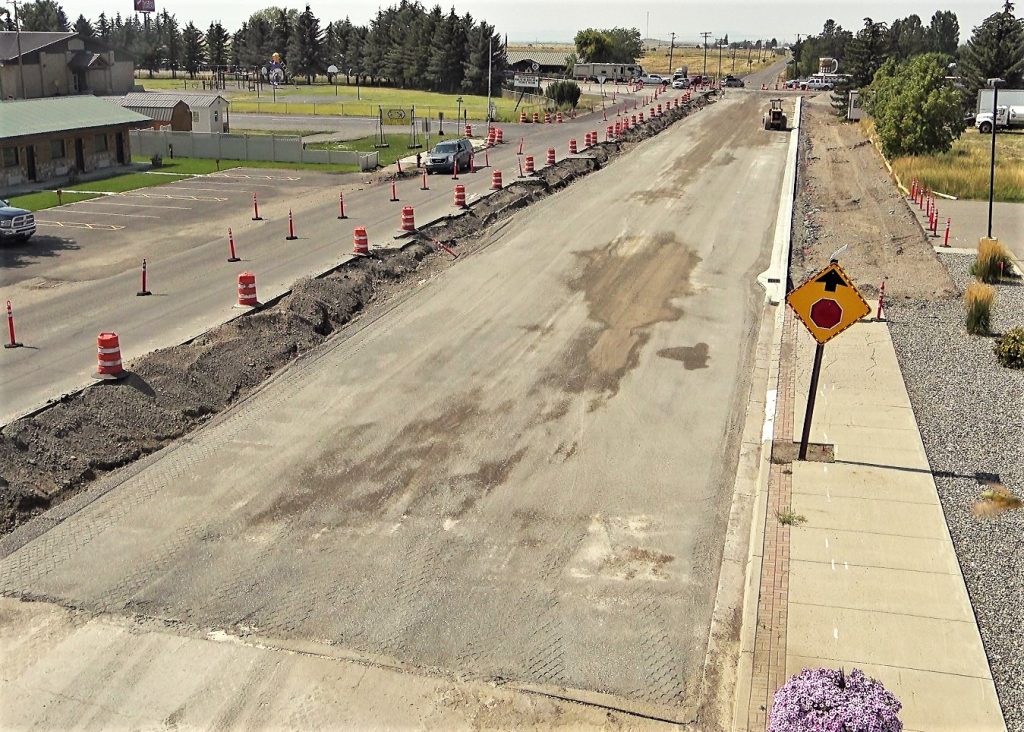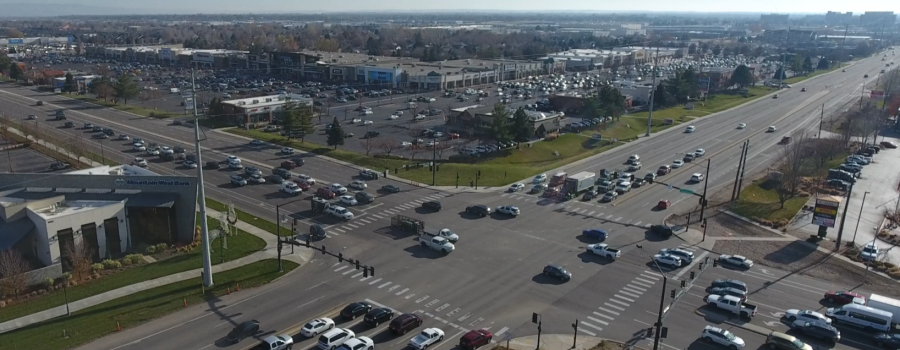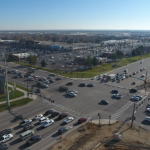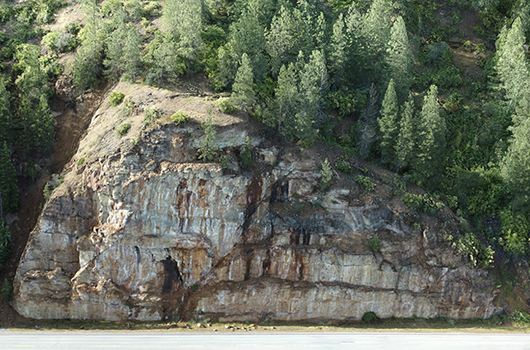Work on the Perrine Bridge to begin next week

Drivers can expect lane restrictions and possible delays near Twin Falls to begin next week as crews from the Idaho Transportation Department (ITD) clean the deck and perform routine biannual inspections on the Perrine Bridge.
On Sunday, Sept. 11, crews will begin overnight cleaning operations on the bridge deck. This work is expected to continue through Thursday, Sept. 15, between the hours of 9 p.m. to 6 a.m. Traffic will be reduced to a single lane in either direction while cleaning is underway.
“When it is possible and safe to do so, we perform work at night to help lessen congestion in the area,” ITD Maintenance Foreman Chuck Sharp stated.
From Monday, Sept. 19, through Thursday, Sept. 22, crews will walk the arch and deploy ITD’s under bridge inspection truck along the bridge deck.
Traffic will be reduced to one lane in either direction while crew members are utilizing the inspection truck. Work will occur at non-peak hours to help reduce congestion and is expected to follow the below schedule:
– Northbound Right Lane Closure: Monday – Tuesday, 9 a.m. to 2 p.m.
– Southbound Right Lane Closure: Wednesday – Thursday, 9 a.m. to 2 p.m.
The left northbound lane will also be intermittently closed for 15 minutes at a time each day while workers access and exit the lower half of the structure.
Pedestrian access may be subject to short restrictions during portions of the inspection. Motorists should consider using an alternate route between the hours listed above. The schedule is subject to change pending weather conditions.
Click here for a photo of the bridge.
“The Perrine Bridge is a vital structure in the region and serves as a connector for thousands of motorists each day,” ITD Bridge Inspector Amy Bower said. “Inspections and routine maintenance projects play an important role in ensuring the bridge’s longevity for many years to come.”
Drivers are urged to exercise caution near the work zone and watch for crew members and equipment. ITD appreciates the patience and cooperation of those driving through the area.

